Regulars will know how much I love Krell’s class-A amplifier designs. The Krell KSA-150 power amplifier is a great example.
In this article, I discuss the basics of class-A amplifiers, with particular reference to the gorgeous KSA-150. You may have already watched my restoration video, where I completely refurbish one of these beasts, if not, here it is:
The video has generated a lot of interest and I receive many queries about this restoration. Powerful class-A amplifiers like the Krell KSA-150 need regular inspection to ensure they don’t go up in smoke. This is largely because of the prodigious heat they generate, a by-product of the class-A amplifier topology.
Want to see another, slightly less ambitious class-A design? Check out the gorgeous-looking and sounding Yamaha CA-2010.
Also, have a look at this ‘sliding bias’ design from Krell – the KSA-100S:
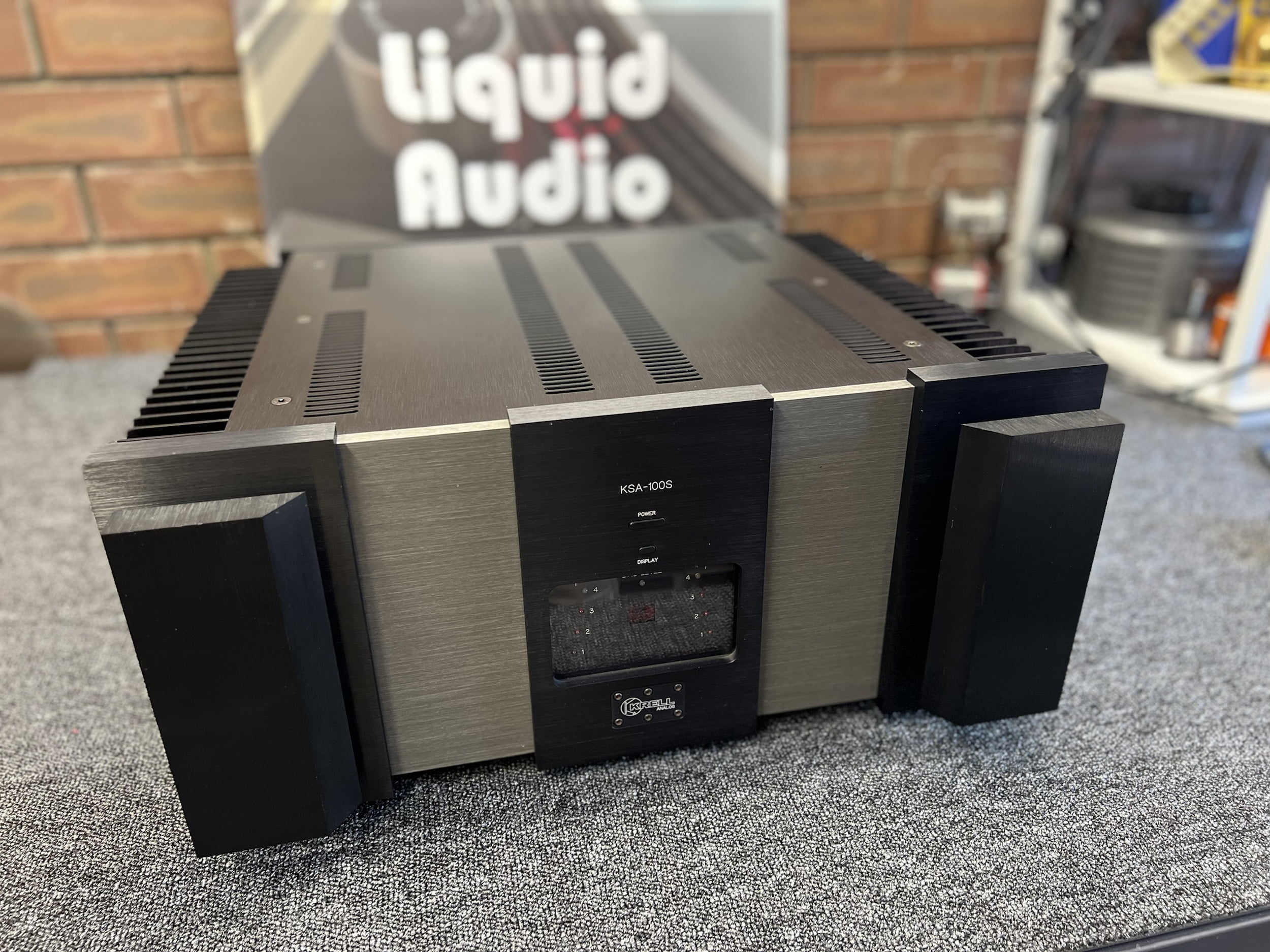
What is ‘Class-A’?
Class-A configuration means that the output devices are biased or “on” and working in the linear part of their transfer curve 100% of the time, whether there is a signal present or not. This is achieved by feeding current into the base of the transistors, biasing them so they never switch off. The quiescent current is defined as the current drawn by the device when zero signal voltage is present.
It helps to think of duty-cycle or the number of degrees of phase of the music signal through which the transistors conduct. In a class B amplifier, the transistors conduct through 180 degrees of signal or half of the waveform. With class-A amplifiers, the transistors conduct through 360 degrees of signal, ie continuously. In a pure class-A amplifier, the maximum peak load current should be conducted by all transistors at all times. Because a single transistor conducts through 360 degrees of music signal, one output device can reproduce the entire signal. This gives the simplest amplifier configuration of one output device per channel – single ended class-A.
In many modern so-called class-A amplifiers, the output devices are arranged in push-pull pairs and set to conduct around 1/2 the peak load current at all times. This is not really class-A but actually a high-bias class-AB configuration. Class-AB operation brings power savings, but less purity and more parts.
Advantages & Disadvantages
All this might sound wasteful, but the benefit of class-A operation is that the signal swings from positive, through zero to negative with no crossover distortion at the crossover point. The transistors are always conducting and operating in their linear zone. This is not energy-efficient but offers reduced distortion. In fact, my KSA-150 constantly draws around 300 watts and dissipates that as heat into my listening room. This has some advantages on cool nights, but resistive electrical heating is not a cost-effective way to heat a room…
Naturally, transistors drawing several amps between them at all times produce lots of heat and heat kills capacitors. So capacitors tend to fail in class-A amplifiers and the KSA-150 is no exception. Krell also modified the protection relay driver circuitry over the years to reduce heat-related failure of parts on the protection PCB. When I service a KSA-150, I assess the state of these parts and upgrade them where necessary.
The Krell KSA-150
This particular customer’s KSA-150 was in excellent condition, my customer had just purchased it and wisely decided that an inspection was in order. My customer was sure that the amp was a locally supplied unit but the backplate specified 110VAC meaning it was not. The safest option was to open the chassis and inspect the line voltage configuration. In fact, this amp was set for 240V, which is as close as we can get to the 250VAC we see here in Western Australia.
The big Krells do suffer failures and they seem to be fairly predictable. Common failure points occur on the soft-start board. There is a design flaw, with the inrush limiting resistors being under-rated and mounted too close to the PC board. They are also mounted in a limited space right next to some electrolytic capacitors and a protection relay.
These resistors run very hot, scorching the board and cooking everything located nearby. I had to change many parts on that board to restore normal function. Fortunately, these parts are easy to get and have standard values. The KSA-150 produces a lot of heat and on every other board, there are capacitors that need to be replaced if they haven’t been already.
Service
I recommend a comprehensive overhaul of any KSA-150 or KSA-250 every 10 years or so to avoid costly damage from dying parts. I’ve seen first-hand the damage that can result when parts inside a big Krell go bad and it’s not pretty!
As always, you can visit the HiFi Engine for an owner’s manual and other details, or get the manual directly from Krell!

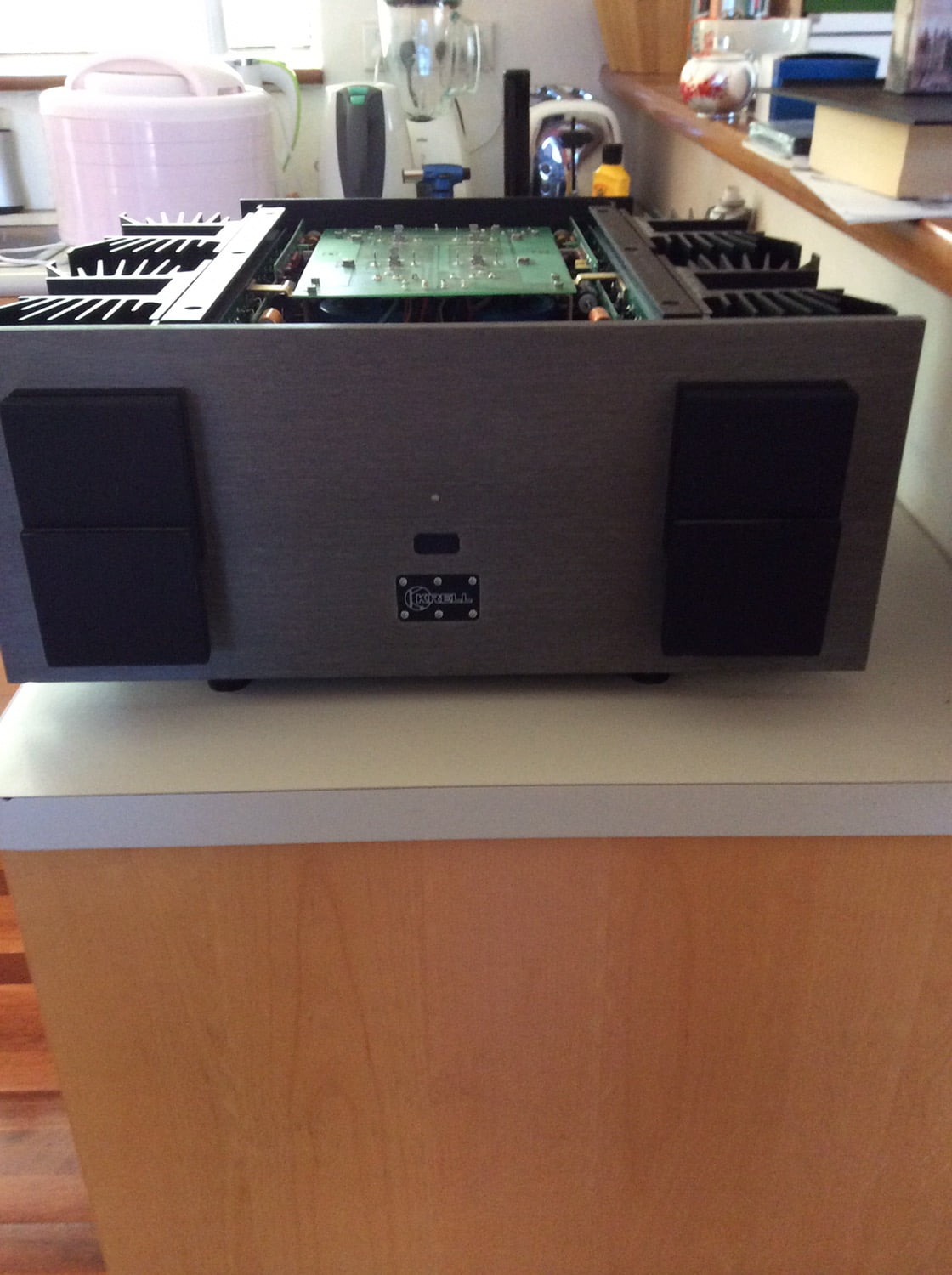
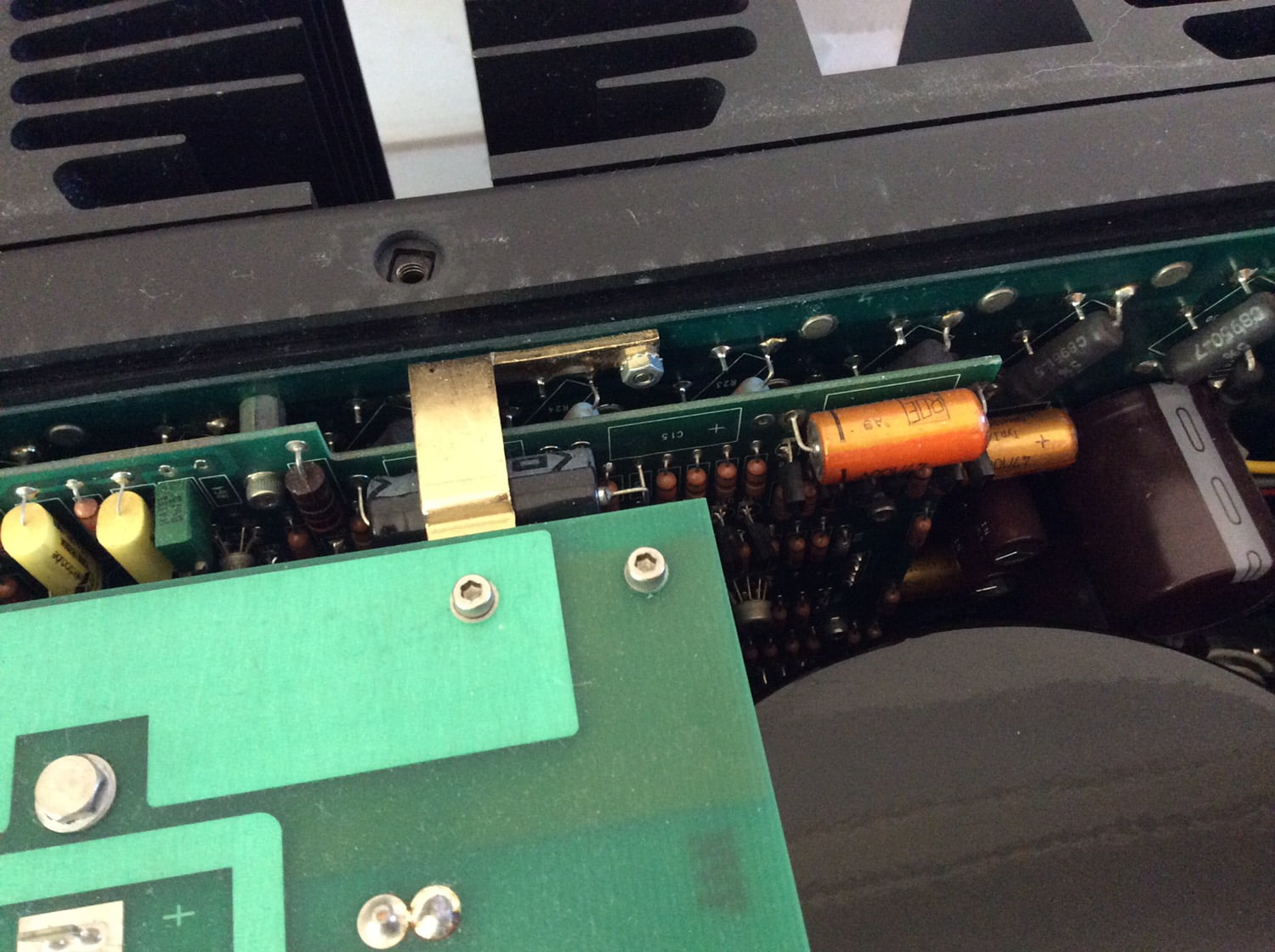
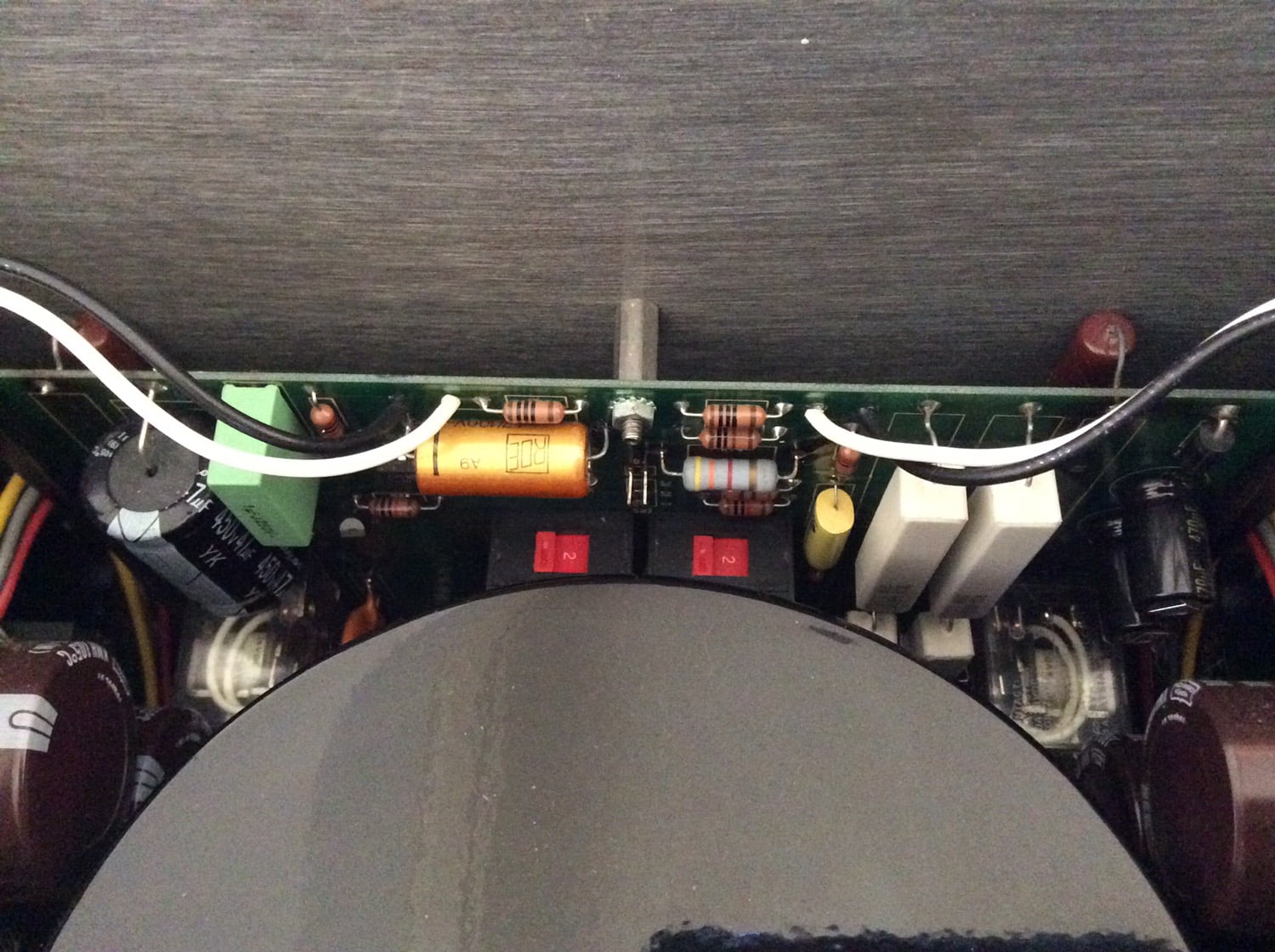
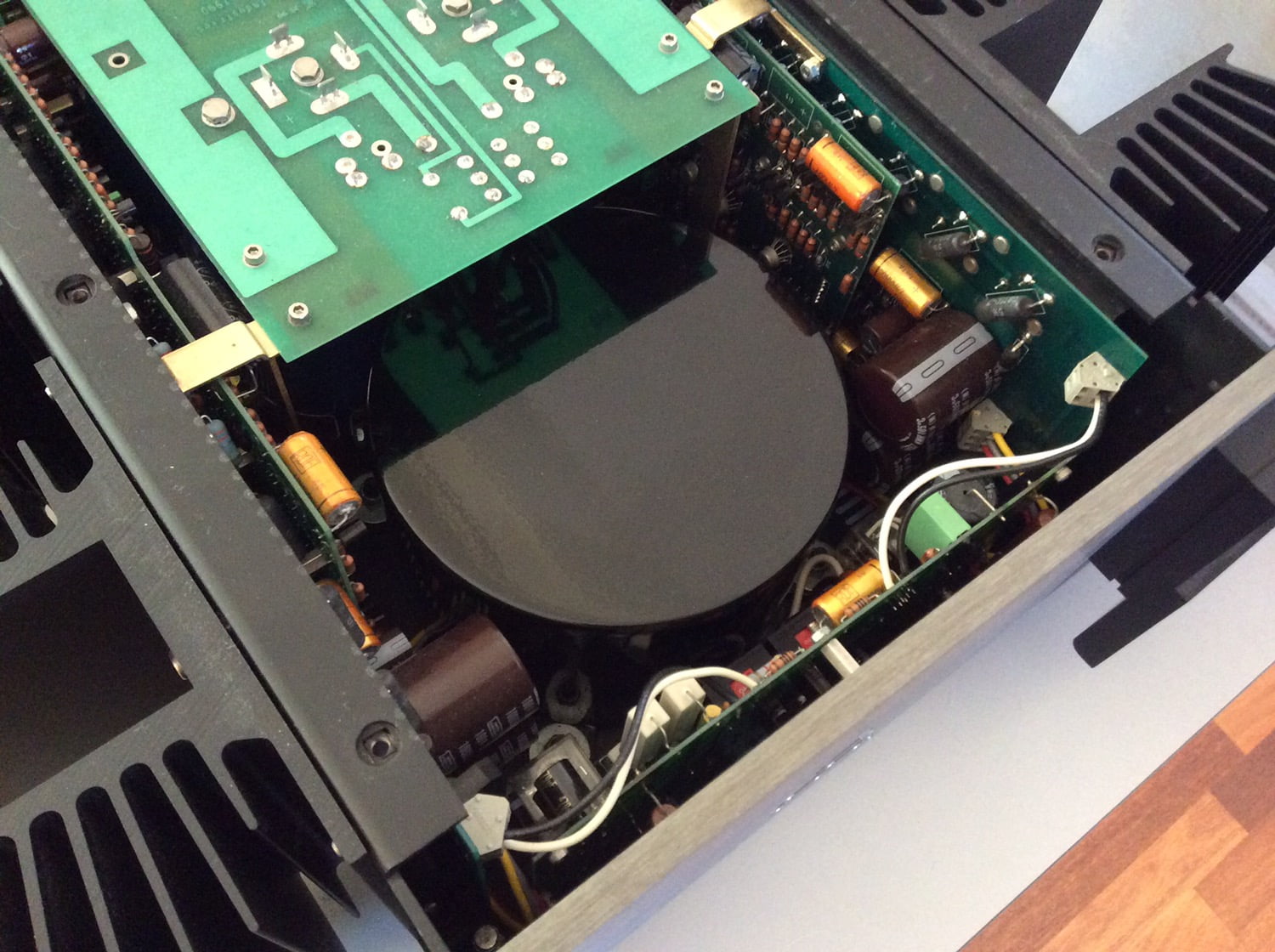
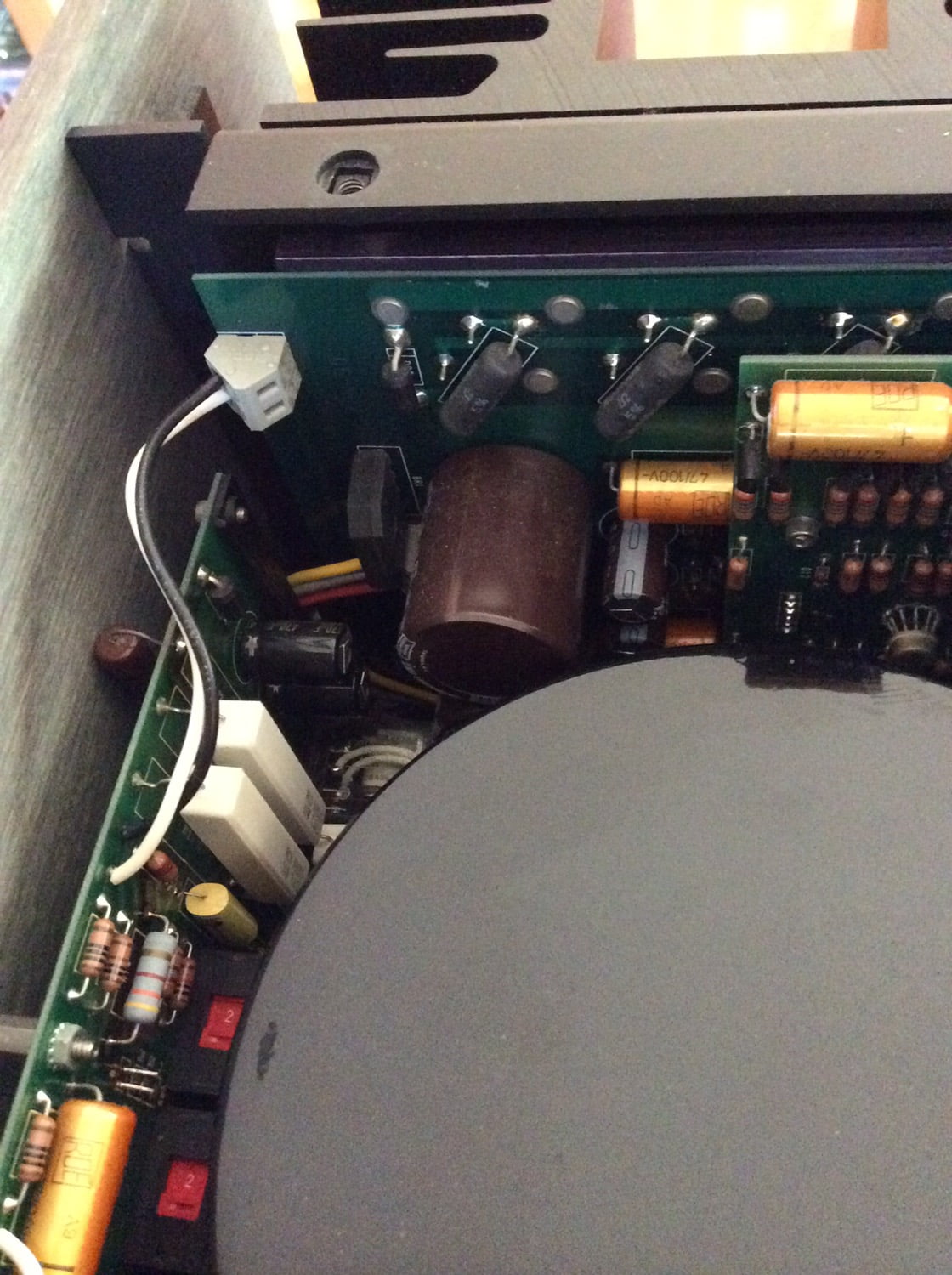
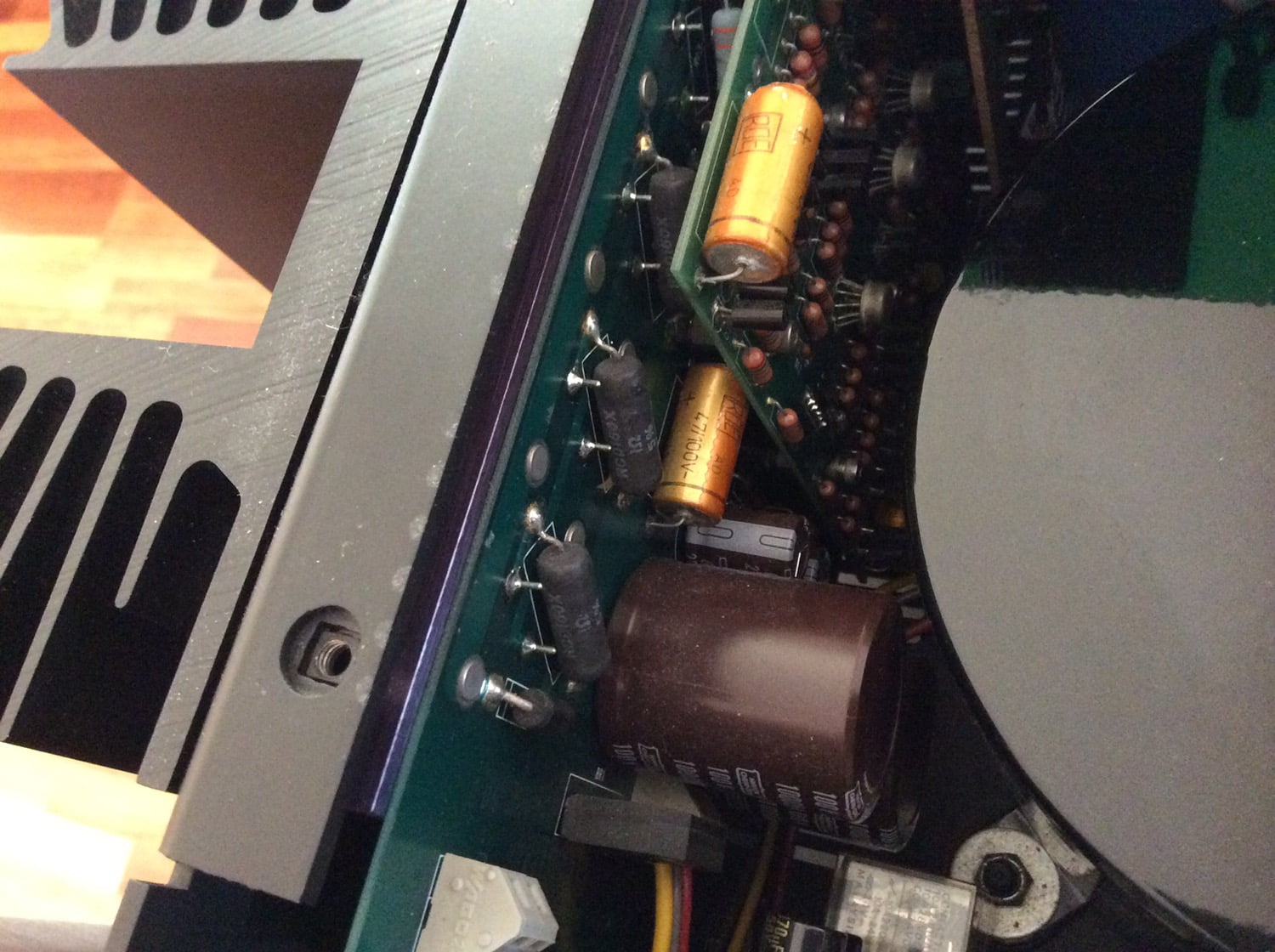
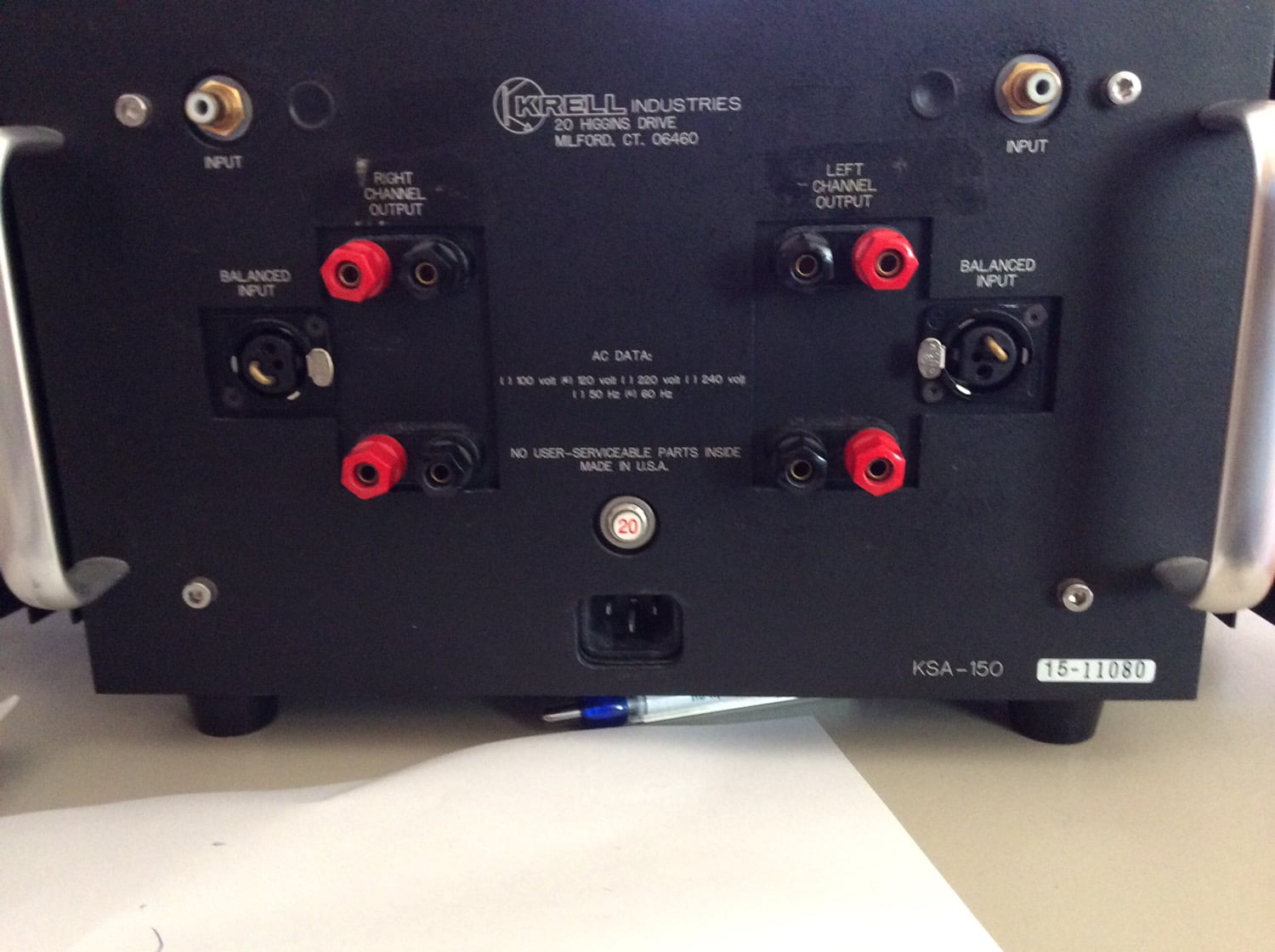
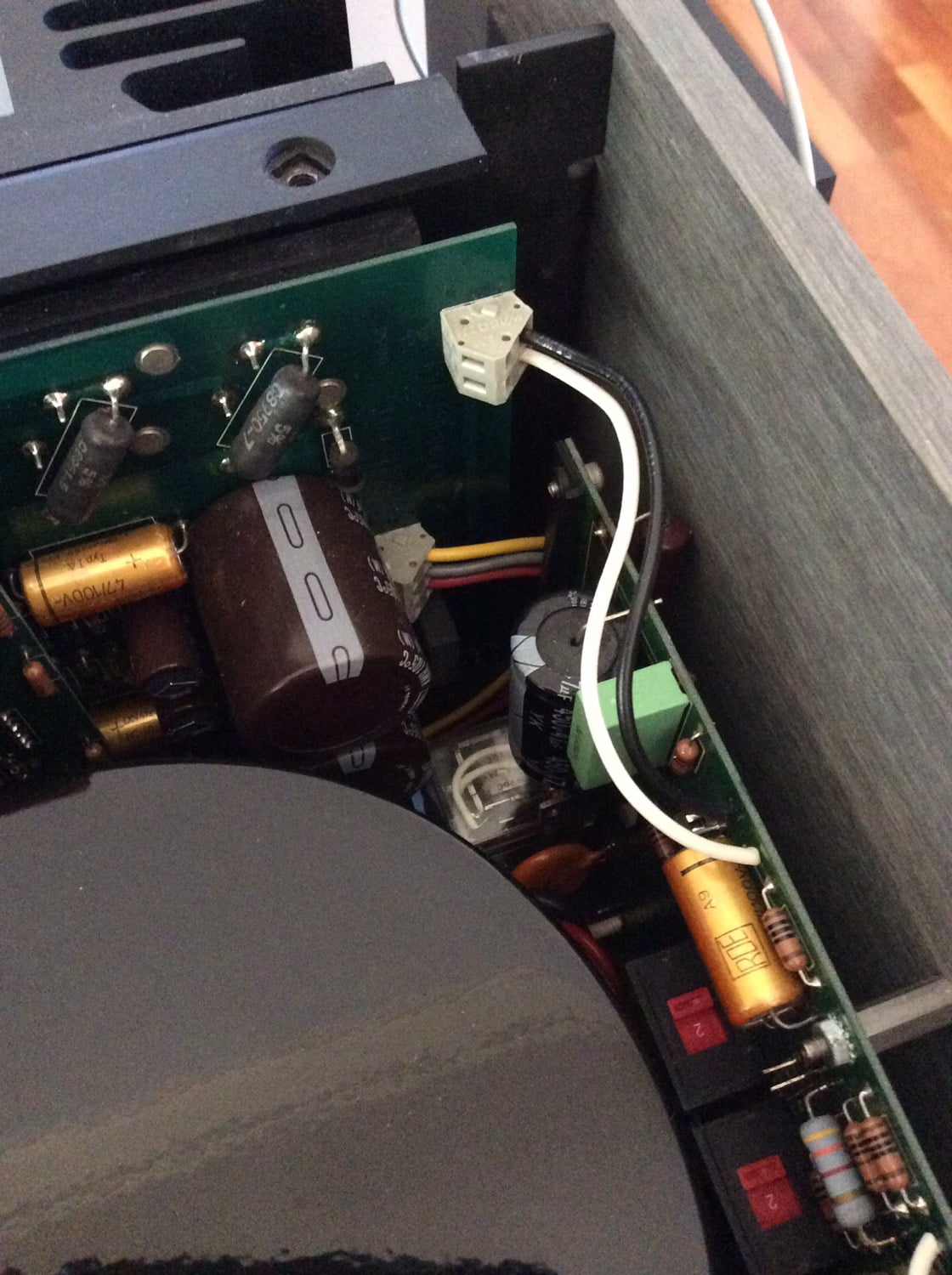
Discover more from LiQUiD AUDiO
Subscribe to get the latest posts sent to your email.

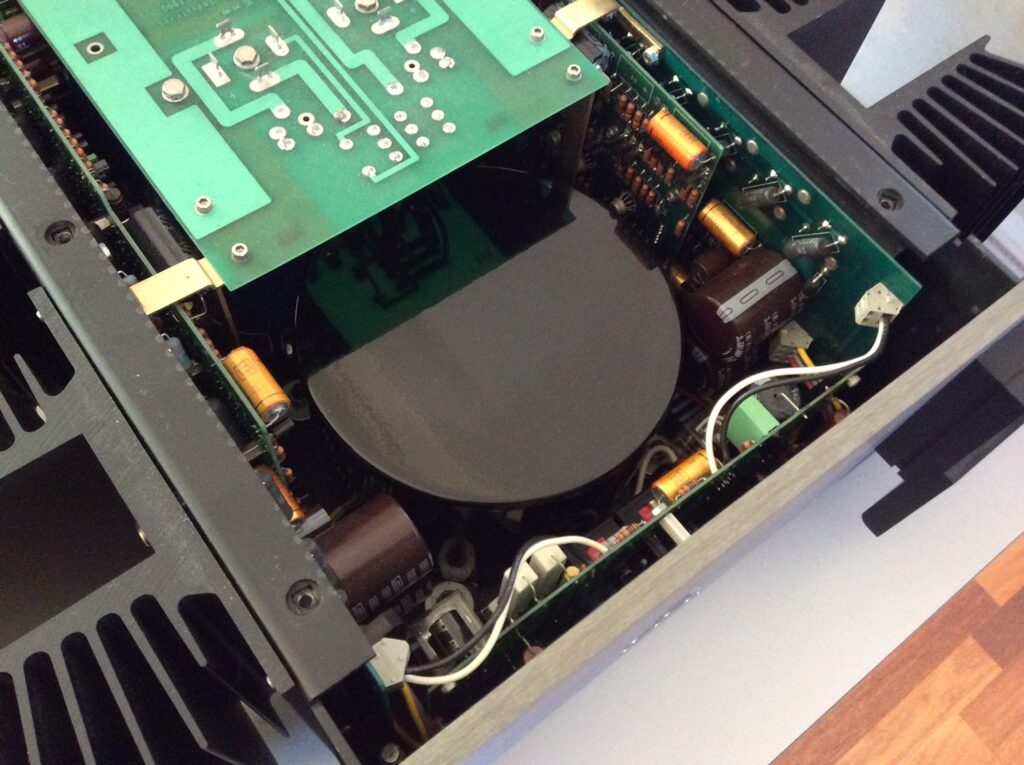
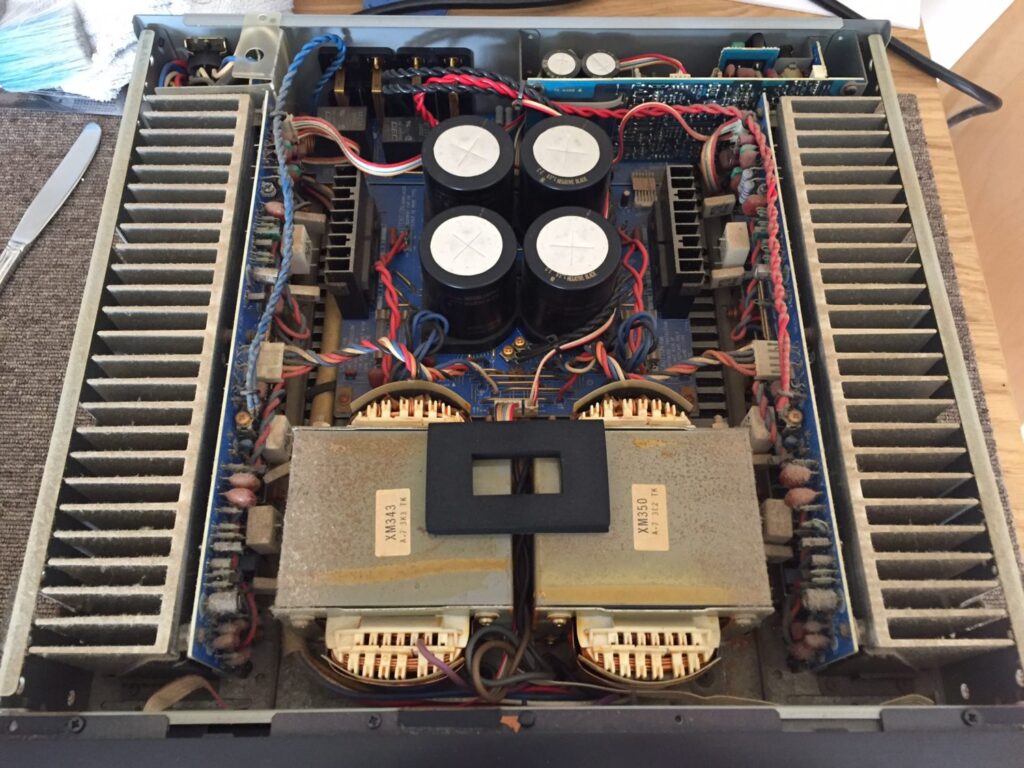
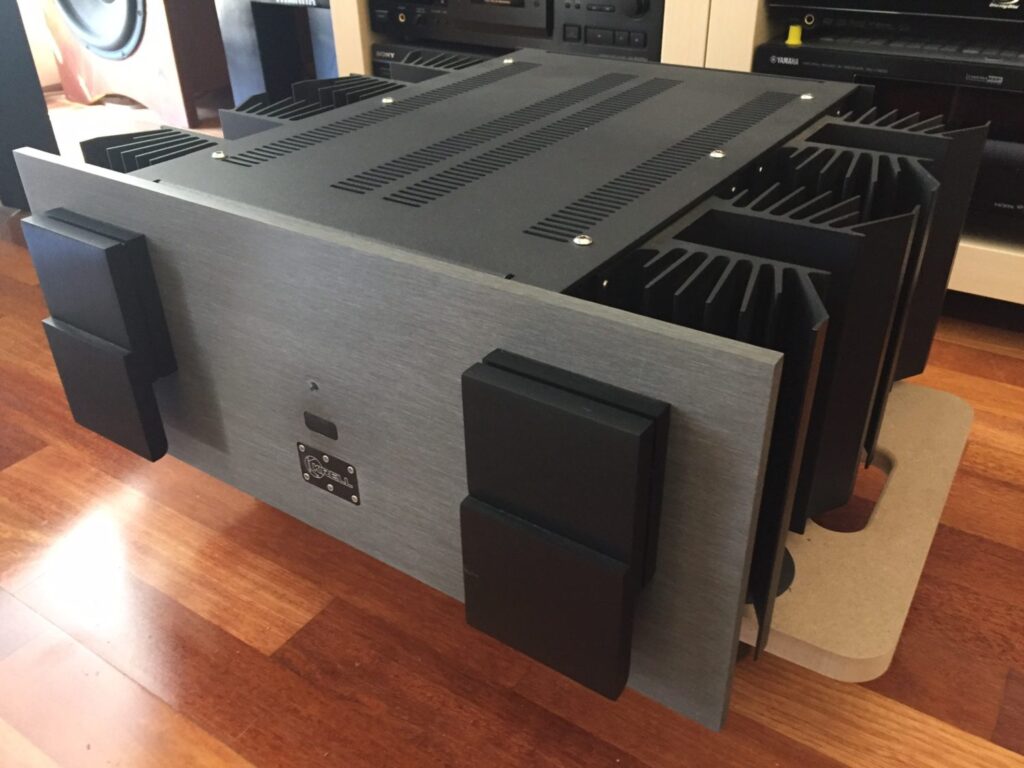
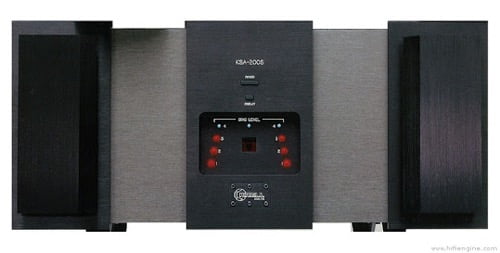
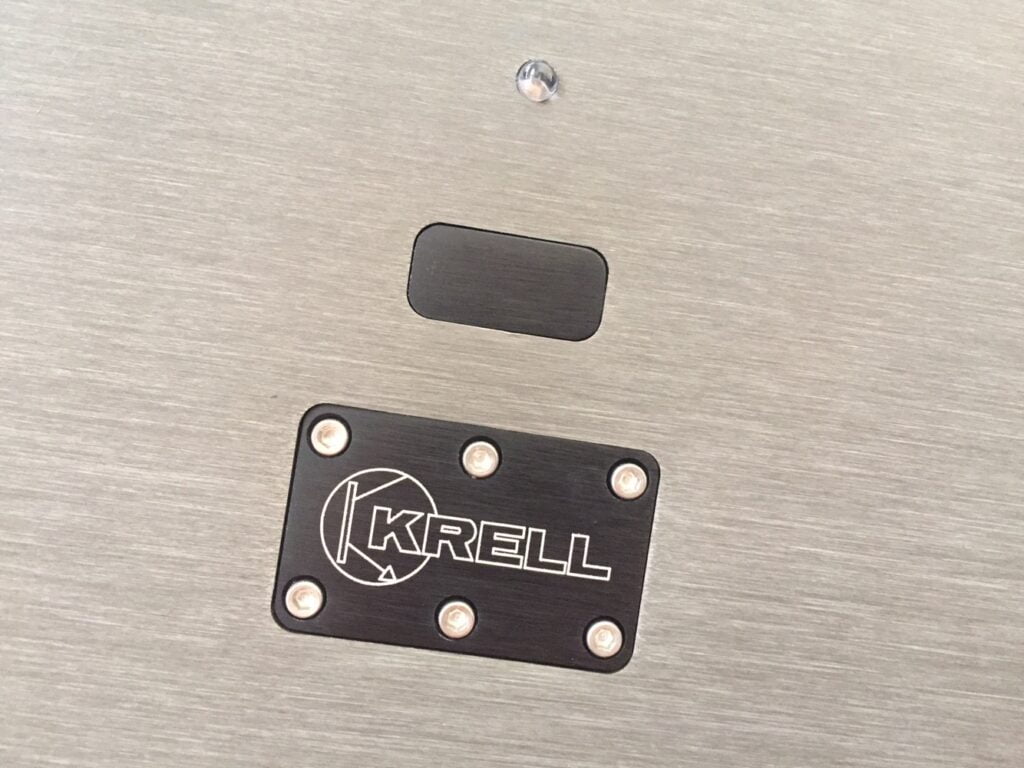
Belo e poderoso
What are the voltage settings on the soft start board for 250/240 volts- i have three switches on my board on my Krell KSA-150…..It came from Spain.
Hi – not sure, I wuld have to check the service manual and I don’t have access to that right now. Will see if I can find that when I get a chance.
they are garbage amplifiers with tones of problem because of the poor schematics and implementation
No, and as a teaching point for anyone reading, nonsense comments like this only serve to highlight and perpetuate the misinformation in the hi-fi community I’ve worked against for years. This is why I always recommend factual sources, informed by science and first-hand experience, rather than the opinions of armchair experts with poor grammar, such as this guy! Anyone who actually works on and listens to them knows that these are superb amplifiers, built like tanks, superbly well-engineered and repairable in the right hands even after decades running in class-A. These are facts rather than opinions and that’s a real engineering achievement.
Very true Mike,
I bought my KSA 150 used 29 yrs ago NEVER serviced and it’s just now i have a problem ( left channel went out. )
That is a heck of a track record. I am now seeking out service arrangements with Krell.
Thank you for all your info you provide us in this hobby.
Thanks for your comment, Randy. How true and what an amazing example of exactly what I am talking about and why I love these amplifiers. Once again, there’s misinformation and uninformed opinion, and then there are facts, supported by real examples from owners like yourself. I hope the troll who left that stupid comment sees this, though I schooled him so severely that I doubt he will return! Thanks for sharing this story and hopefully Krell can refurbish her properly for you.
hi will this work on a 15amp socket ?
Yes it will, though it might be current-limited under full load at very low impedances.
Hi! can i ask where possibly the problem when there is a DC voltage at the output about 45VDC and cause the unit to protect.
Hi Ranz, if only it were as simple as that! These are complex amps, I’d need the unit on my test bench and several hours to test and diagnose a fault with an amplifier like the KSA-150. It helps greatly to have the service manual. Speak to Patrick at Krell about getting that if you don’t already. You might want to pull and test all output devices – a Herculean task but something you’ll need to do I think. Regards, Mike.
Hi Sir Mike Thanks for the reply, i want to communicate with you thru email, this my email add, fireflyrandy@gmail.com
Hi Mike, very nice pages abut the Krells (almost sound like London gangland hoodlums…). One tiny question, if I was to buy a Krell amp from the US and bring it to Sweden would the “only” change I had to make is to set voltage internally to 240 Volts and fuse to 6 amp slow. What about 60 to 50 Hz, is that of no significance once voltage and fuse is changed/set???
Hi Martin, thanks for your feedback and question. Some Krell products need only line voltage selection, but others need both local voltage and line frequency to be correctly set, and in some cases like KSA100S, 200S etc, there is software which checks these conditions and prevents power on unless tricked. This can create real problems as you might imagine!